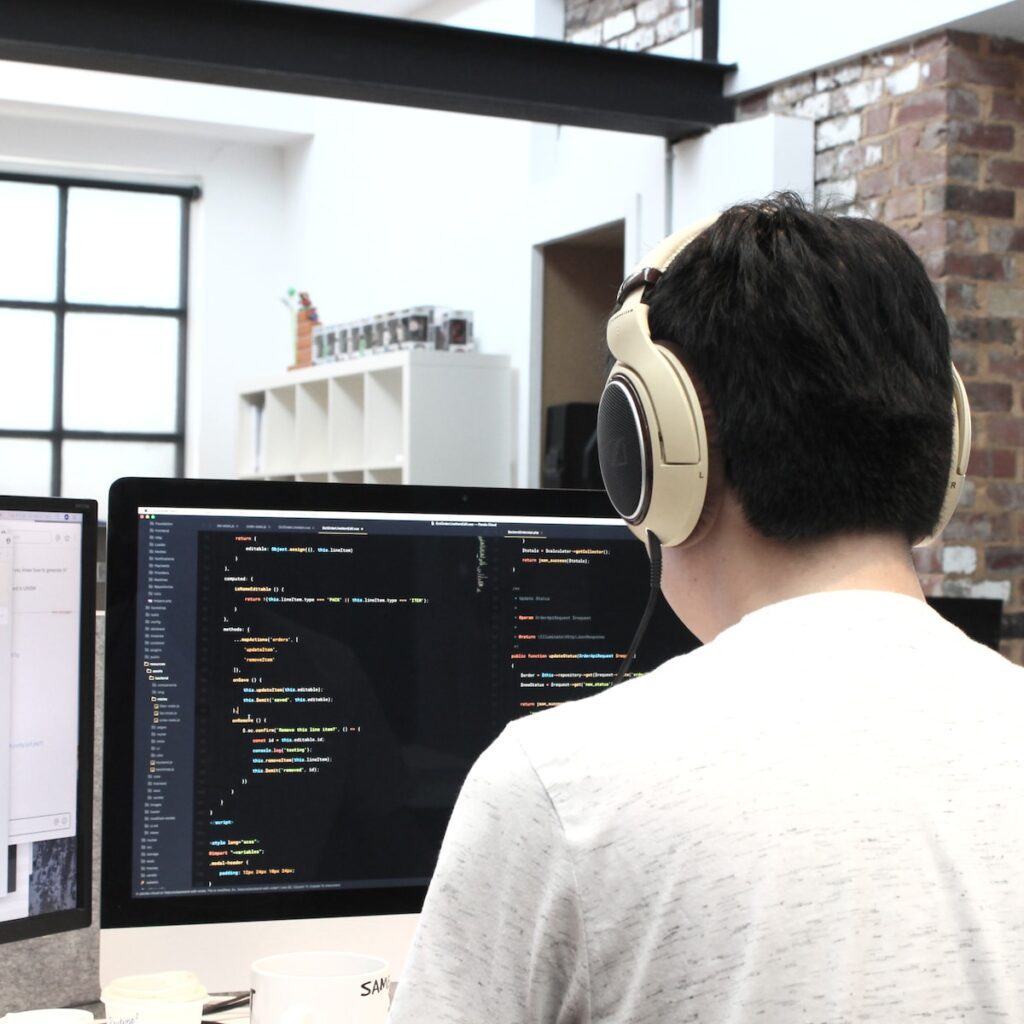Mastering While Loops in LabVIEW: A Comprehensive Guide
While loops serve as foundational structures in LabVIEW, allowing for the repetitive execution of code until specific criteria are met. Proficiency in utilizing while loops is essential for all LabVIEW programmers. In this guide, we will provide a comprehensive walkthrough on building and configuring while loops in LabVIEW, catering to both novices and experienced users.
Understanding the Structure of While Loops
A while loop enables the repeated execution of a block of code as long as a specified condition remains true. During the execution of your VI, the code within the while loop runs, and the conditional terminal is assessed to determine whether the loop should continue or terminate.
Creating a While Loop in LabVIEW
Begin by launching LabVIEW and opening a new VI by selecting File » New VI.
Access the While Loop Structure: Right-click on the block diagram to display the Functions palette temporarily. Navigate to Structures and select the While Loop.
Placing the While Loop: Click and drag to place the while loop onto the block diagram, adjusting its size as necessary.
Incorporating Control Elements: To manage the execution of the while loop, add a Stop button to the front panel. Locate the Stop button under Controls Palette » Boolean » Stop, and drag it into the while loop on the block diagram.
Connecting the Stop Button: Wire the Stop button to the conditional terminal to regulate the loop’s execution. By default, pressing the Stop button sends a true value to the conditional terminal, halting the loop.
Configuring the Conditional Terminal: Right-click on the conditional terminal to toggle between “Stop if True” and “Continue if True” settings. This terminal determines when the loop stops executing based on the received Boolean value.
Enhancing Your While Loop with Structure Tunnels
Structure tunnels play a crucial role in efficiently passing data into and out of while loops. Here’s how to utilize them effectively:
Sending Data into the Loop: Data sent into the while loop is transmitted only during the initial iteration. If continuous updating of front panel data is necessary, ensure that their indicators are positioned within the loop.
Retrieving Data from the Loop: Data exits the while loop only after the final iteration, facilitating accurate information transfer.
Example: Monitoring Iterations Completed: Follow the outlined steps to construct a while loop. Create a numeric indicator on the front panel and wire the iteration counter to it on the block diagram.
Implementing Stop Conditions
To introduce complexity to your while loop’s stop conditions, utilize Boolean functions. Here’s how to implement multiple conditions effectively:
Incorporating Error Handling: Introduce an Error In 3D.ctl control on the front panel and connect it to a Simple Error Handler outside the loop via structure tunnels.
Configuring Stop Conditions: Employ Boolean comparison functions such as “or” to evaluate multiple conditions like error status and user inputs. Connect the output of the Boolean function to the conditional terminal to regulate loop execution.
Exploring Advanced Stop Condition Techniques
In addition to basic stop conditions, exploit Compound Arithmetic functions for more intricate evaluations. This enables the simultaneous monitoring of error states, user inputs, and measurement data values.


No comments yet